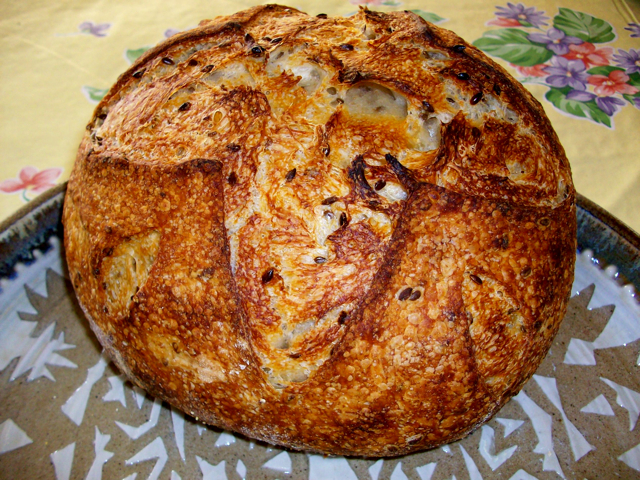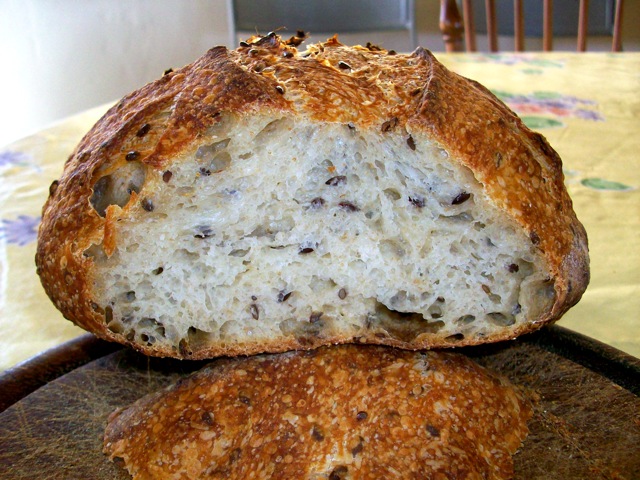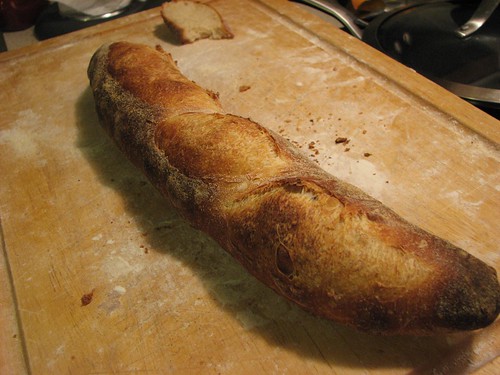Prescott Flaxseed Sourdough


Same old recipe, tweaked a little for the seeds. I keep learning more and more, thanks to everybody here. This one's named Prescott, as we're up the hill in Arizona for a short while.
Here's the way I did it. It's only one way, so bake how it suits you and your location, temp, flours, etc.

